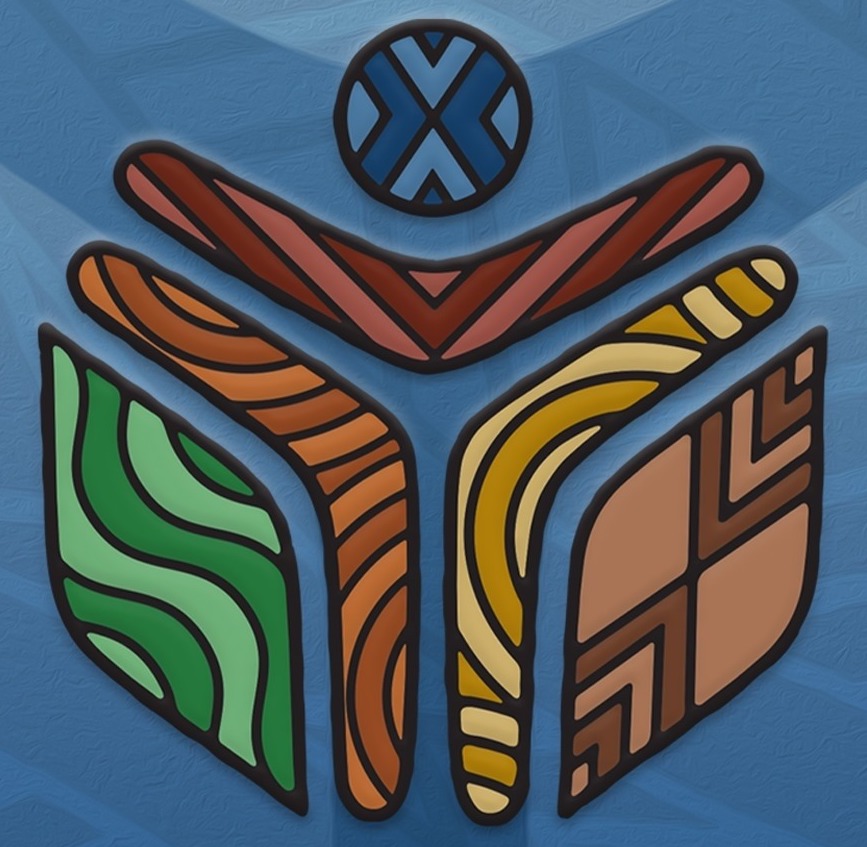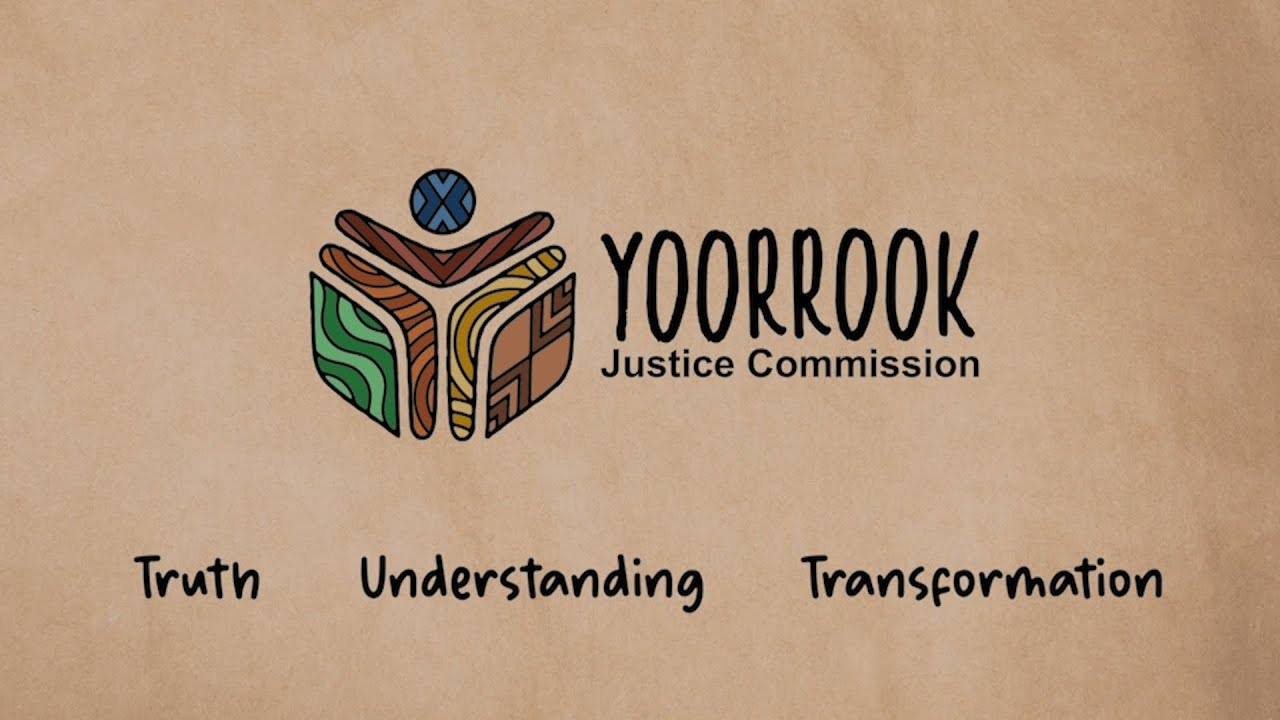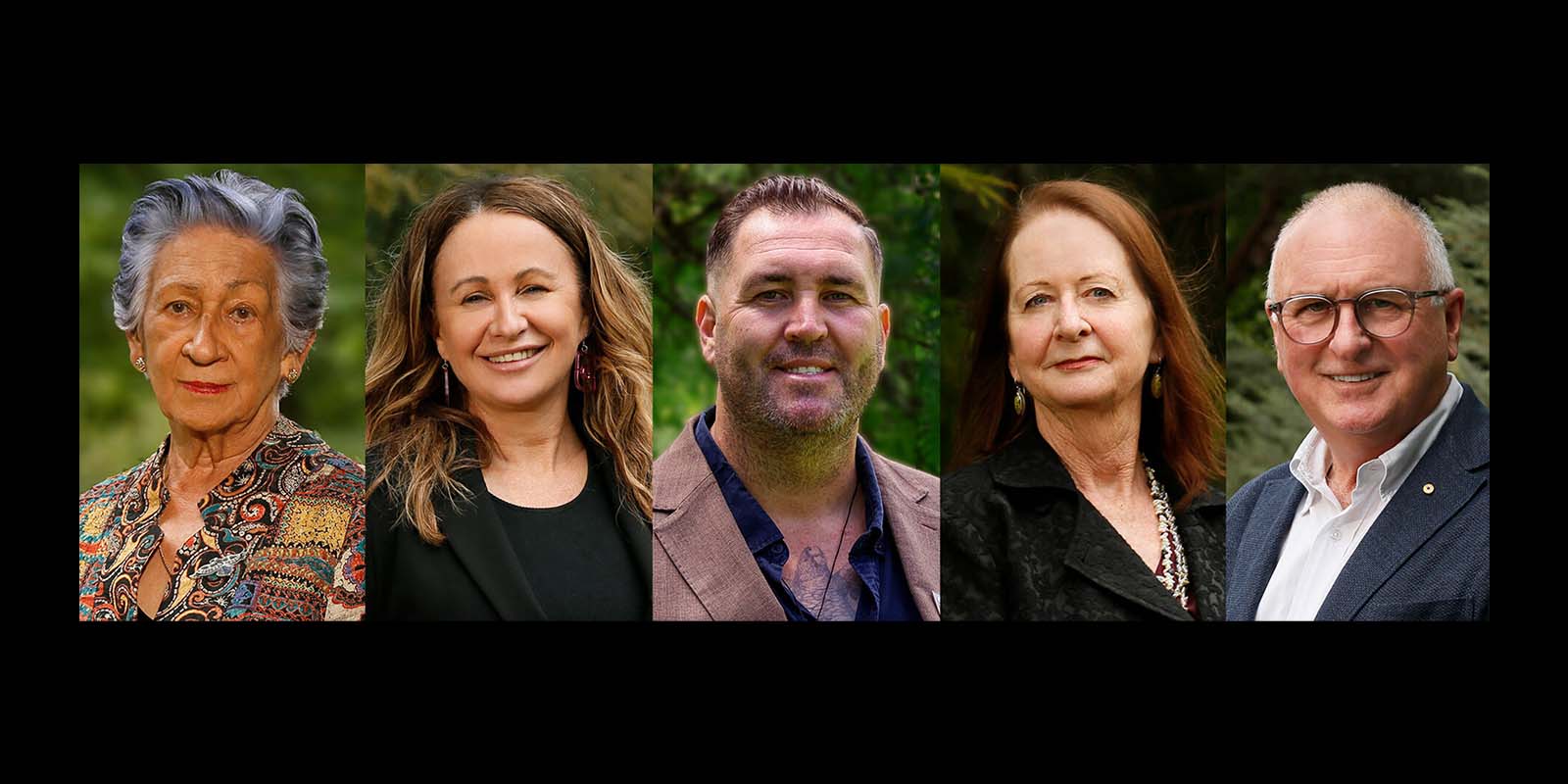The Yoorrook commission is Aboriginal-led and is the first truth-telling body to be established in Australia.
Mob have been calling for a process of truth-telling in this country for years and it was agreed by the First Peoples’ Assembly of Victoria (the Assembly) that it was an essential part of the treaty process and in June 2020, called on the Victorian government to establish a formal process for truth-telling.

The Yoorrook Justice Commission
The Yoorrook Justice Commission was formally established in May 2021 following months of work between the Victorian government and the Assembly – Yoorrook means ‘truth’ in the Wemba Wemba/Wamba Wamba language.
The commission is Aboriginal-led and is the first truth-telling body to be established in Australia. It has the full powers of a royal commission (this includes the ability to hold public hearings, call witnesses under oath, compel evidence and make recommendations to government) however, unlike other royal commissions the Yoorrook Justice Commission is focussed on truth-telling.


The Yoorrook Logo.
Who are the Commissioners?
The Victorian Government, the Assembly and the International Center for Transitional Justice worked together to create and independent panel that would oversee the nominations for the Commission and then decide on the final Commissioners.
The five Yoorrook Justice Commissioners leading the Commission are:
- Professor Eleanor Bourke AM (Chair) - a Wergaia/Wamba Wamba Elder with decades of leadership and dedication to advancing Aboriginal education and cultural heritage. She has held executive positions in community, state and federal government agencies and has has had an extensive career in academia.
- Travis Lovett - a proud Kerrupmara/Gunditjmara man and Traditional Owner who has spent his life advocating for truth and justice for First Peoples. He is passionate about practicing his Culture, working with Community and preserving Aboriginal languages.
- Adjunct Professor Sue-Anne Hunter - a proud Wurundjeri and Ngurai Illum Wurrung woman and the Deputy Chair and Commissioner of the Yoorrook Justice Commission. She is an Adjunct Professor of Global and Engagement at Federation University and a member of the National Centre for Reconciliation, Truth, and Justice Advisory Board.
- Distinguished Professor Maggie Walter – a Palawa (Tasmanian Aboriginal) woman descending from the Pairrebenne People of the North East Nation, and a Distinguished Professor of Sociology, and leading expert in systemic disadvantage, inequality and Indigenous Data Sovereignty.
- Professor the Honourable Kevin Bell AM KC - former Director of the Castan Centre for Human Rights Law. He was a Justice of the Supreme Court of Victoria for 15 years. He played a pivotal role in the implementation and operation of the Victorian Charter of Human Rights and Responsibilities Act 2006.
Former Commissioners
- Dr Wayne Atkinson – a Yorta Yorta/Dja Dja Wurrung Elder and Traditional Owner and accomplished academic with substantial knowledge and experience in human rights, land justice, cultural heritage and Koori oral history programs.
You can also read more here: Meet the Yoorrook Commissioners
“The Commissioners bring enormous knowledge and experience and are empowered by comprehensive terms of reference to examine the injustices of today and those that came before – they will now begin their work charting a path towards justice and healing.” - Minister for Aboriginal Affairs Gabrielle Williams


The Yoorrook Commissioners. Source: Yoorrook Justice Commission.
What is the Commissions aim and their next steps?
The Commission will look into instances of systemic injustices against mob in Victoria both historical (massacres, wars, etc.) and contemporary (policing, child protection, etc.). in doing this they will aim to “establish an official record of the impact of colonisation on First Peoples in Victoria using First Peoples’ stories.”
The Commission will also determine the causes and the consequences of these injustices as well as who is responsible. The Commissioners will be expected to make recommendations for changes/reform in relation to laws, policy and education that address these issues. These reports will also detail what topics matters should be prioritised through the treaty process.
The Yoorrook Justice Commissions first report is expected by June 2022, with a final report by June 2024.
Understanding the Yoorrook Logo
Yoorrook’s logo was created by artist Dixon Patten. Dixon is a Gunnai, Gunditjmara and Yorta Yorta man who has bloodlines from Dhudhuroa/Jaithmathang, Djab Wurrung, Monaro, Wemba Wemba, Barapa Barapa, Wadi Wadi, Yuin and Wiradjuri.
Circle: represents a gathering place, with the pattern pointing to all directions. Depicting all mobs from across the State coming together in support of Victoria’s first ever formal truth-telling process.
Three Boomerangs: The three boomerangs in the centre form a ‘Y’ to represent the word Yoorrook. Each boomerang symbolises three eras of past, present and future. Honouring our ancestors/elders/our community now and our future generations.
Circle and Boomerangs together: The gathering place (circle) and boomerangs form a shape of a person, representing one’s cultural rights as a First Nations sovereign person with their arms wide open, ready to embrace the truth and offer support. The boomerangs face inward, representing reparation, reclamation, and courage to go within to be ready to tell one’s truth.
Gum leaf and shield: The gum leaf on the left symbolises our connection to Country and represents Yoorrook being a welcoming space. The shield to the right embodies the ongoing resilience of First Nations peoples. Together, they open like a book as our environments and cultures are our libraries. We learn through observation, reflection and deep listening which will be core to our work at Yoorrook.

Sources
- Yoorrook Justice Commission, First Peoples’ Assembly of Victoria
- Truth and Justice in Victoria, Aboriginal Victoria
- Historic Truth-Telling Commissioners Appointed, Premier of Victoria
- Yoorrook Justice Commission
- Understanding the Yoorrook Logo, Yoorrook Facebook page
